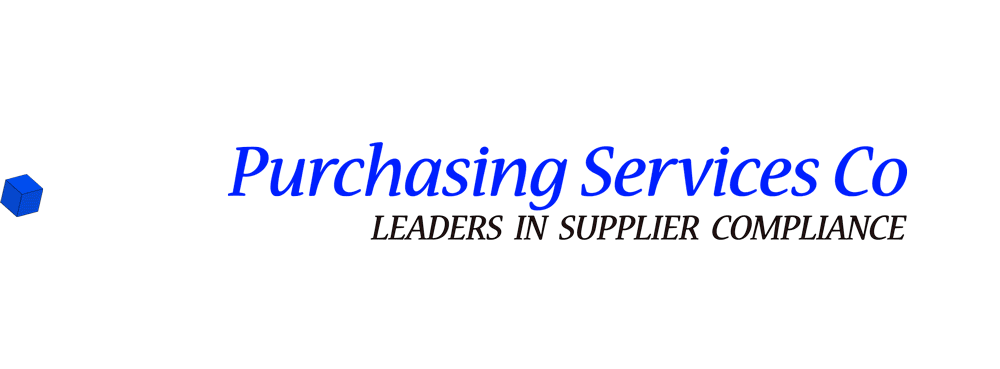Legal immigrants to the United States whose first language is something other than English can present communication challenges for both employers and other employees. Most of the challenges may be resolved easily with a little bit of patience and on-the-job-training, but, when it comes to safety, communication can be a matter of life and death.
This isn’t a new problem. According to a report from the Bureau of Labor Statistics, the overall fatality rate in the iron and steel industry in 1907 was about 220 per 100,000 full-time workers, as compared to 26.3 per 100,000 in 2019. Many of those deaths in 1907 were Eastern European immigrants, who came to America in the late 19th and early 20th centuries willing to take the toughest jobs in the mills and factories of that day. Unfortunately, their lack of English comprehension could result in them not understanding words of warning.
Today, safety can be an issue in more than just the steel mills and mines. Warehouses, with their constant movement of goods, equipment, and people, require constant vigilance from all employees, particularly when there is a language barrier.
Fortunately, there are a number of steps that can be taken to prevent a workplace language barrier from leading to workplace injuries or fatalities.
Use Software Technology
Translation software and apps can bridge the communication gap in the workplace. Some of these apps can be used with a smartphone on the shop floor, but perhaps the best use is to make your training videos accessible. Some technology can translate 30 or more languages.
Use Diagrams, Charts, and Visual Aids
The old saying is a picture is worth a thousand words. This can be particularly true when dealing with a language barrier. Diagrams or charts can provide a better understanding of what you are hoping to communicate, and may only require a few words to be translated.
Encourage Patience and Understanding
Communication issues can lead to frustration. By emphasizing a more caring and understanding approach from the beginning, management can create a more comfortable working environment for all, even if a common language is not shared. Studies have shown that companies that adapt well to diversity in the workplace have higher productivity levels, too.
Hire a Translator
It may be beneficial to hire a translator to speak with employees during training. There is great value in having someone available who can speak with the employees in their own language when critical training issues are being presented. A translator can ensure that what you want to communicate is delivered, and can help address any questions that your employees may have for you.
Despite the challenges, language barriers can be overcome with a little patience and understanding on the part of management and employees. The end result will be a more inclusive and productive workforce.

